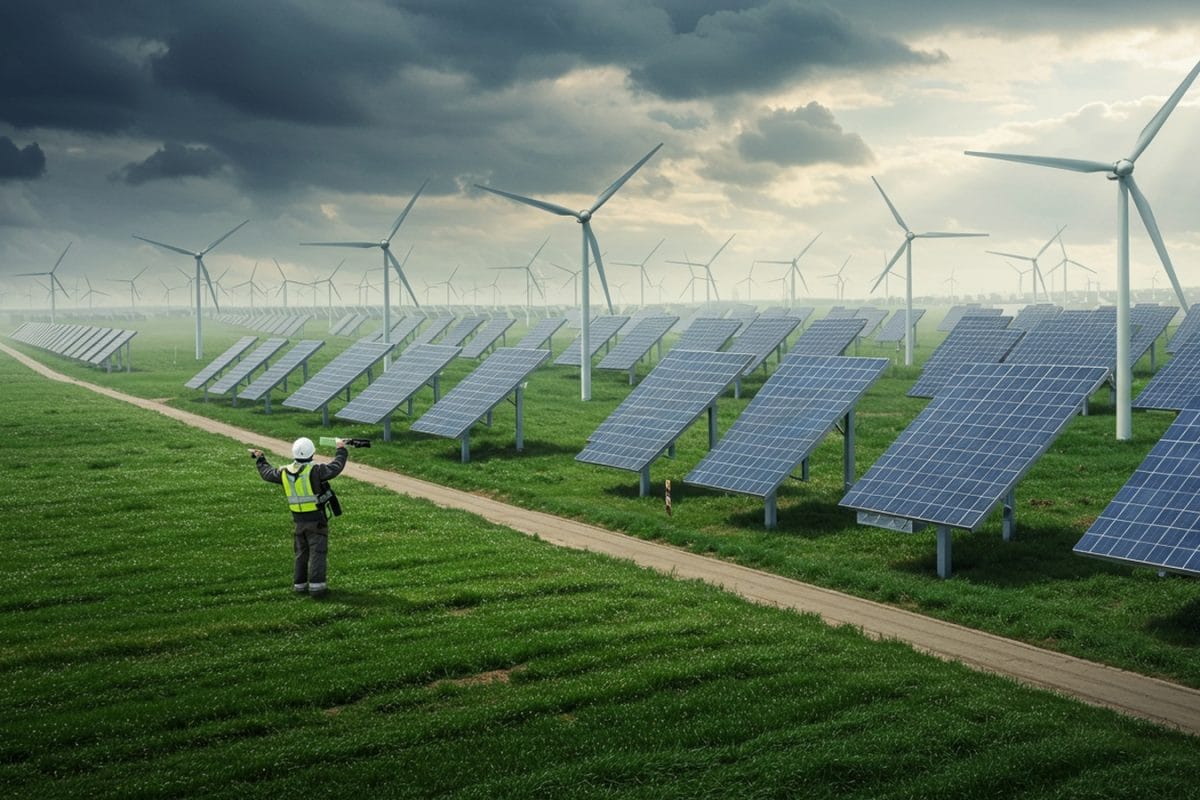

India is currently experiencing a dynamic energy boom, propelled by ambitious government targets, innovative startups, increasing solar adoption, and significant foreign direct investment (FDI). These factors are collectively driving a green revolution, transforming India's energy landscape and setting it on a path towards a sustainable future.
The Rise of Renewable Energy Startups
A key aspect of India's energy transformation is the emergence of numerous renewable energy startups. These companies are developing and deploying innovative technologies to enhance clean energy adoption and reduce carbon footprints. These startups are addressing challenges such as energy storage, grid integration, and cost-efficient renewable solutions. Some prominent examples include:
Solar Power Surge
Solar power has witnessed a remarkable surge in India, driven by government initiatives and declining costs. Installed solar capacity has increased dramatically, from 2.5 GW in 2014 to 94.16 GW as of November 2024. India ranks among the top countries globally in solar power capacity. The government's commitment to scaling up solar capacity is evident through initiatives like the International Solar Alliance, which promotes collaboration among more than 120 signatory countries. Schemes such as the Pradhan Mantri Surodaya Yojana, which promotes rooftop solar installations for one crore households, and PM-KUSUM, which supports farmers in solarizing their agricultural pumps, are also playing a crucial role. India added 24 GW of new solar capacity during the 2024-2025 financial year.
Foreign Direct Investment (FDI) in Renewable Energy
The renewable energy sector in India has become increasingly attractive to global investors, leading to a significant rise in FDI inflows. The share of renewable energy in India's total FDI inflows rose from approximately 1% in FY21 to about 8% in FY 2024-25. The RE sector attracted USD 3.4 billion in FDI in the first three quarters of FY25, nearly matching the total FDI inflows for the whole of FY24 (USD 3.7 billion). The Indian government permits 100% FDI under the automatic route for renewable energy generation and distribution projects, further boosting investor confidence. From April 2000 to March 2024, India received approximately INR 1,26,161 Cr in FDI in non-conventional energy sources.
Government Initiatives and Policy Support
The Indian government has been instrumental in driving the energy transition through various policies and initiatives. India's total installed power capacity reached 476 GW as of June 2025. Non-fossil fuel sources now contribute 235.7 GW (49%) of the total capacity, including 226.9 GW renewable and 8.8 GW nuclear. Thermal power accounts for 240 GW or 50.52% of installed capacity.
India has set an enhanced target at the COP26 of 500 GW of non-fossil fuel-based energy by 2030. Installed RE capacity has grown from 76.37 GW in March 2014 to 226.79 GW in June 2025, an increase of nearly 3 times.
The government's support extends to various aspects of the renewable energy sector, including:
Challenges and Future Outlook
Despite the significant progress, India's energy transition faces several challenges. These include:
Looking ahead, India is poised for continued growth in the renewable energy sector. The government's ambitious targets, coupled with increasing investments and technological advancements, will drive further expansion. The focus on energy storage, green hydrogen, and domestic manufacturing will be crucial in ensuring a secure and sustainable energy future for India.